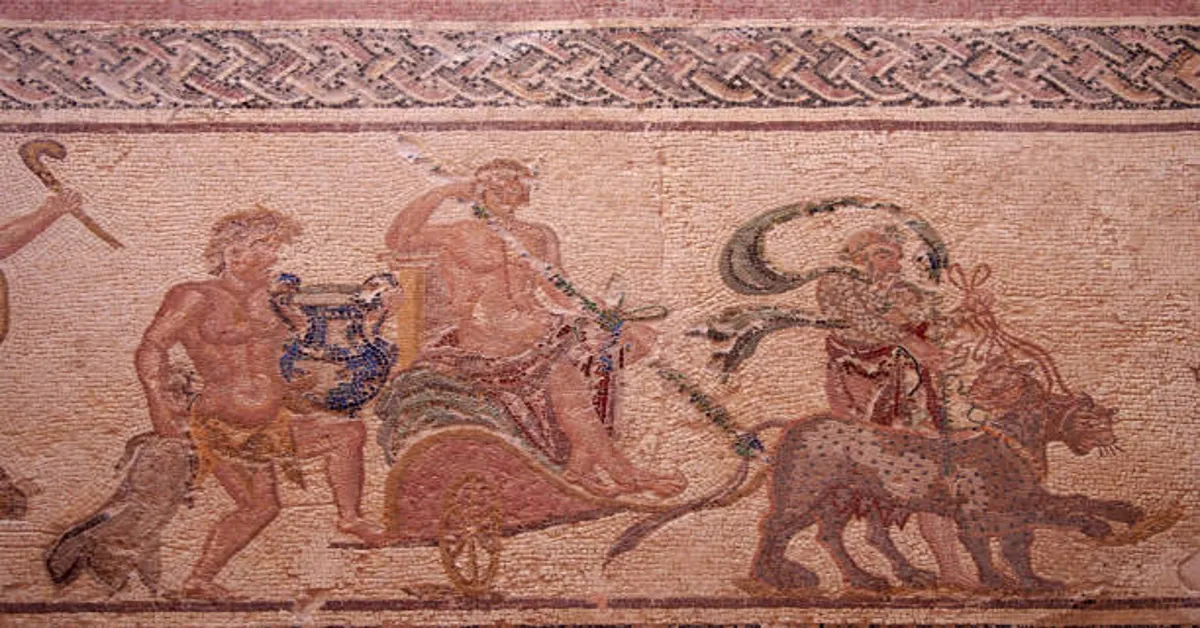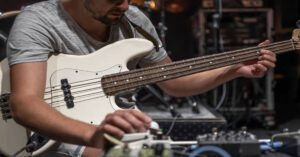The Feast of Dionysus painting refers to a category of artworks inspired by the ancient Greek god Dionysus, the deity of wine, festivity, theater, and ecstasy. While there is no single definitive painting by that exact name, many artists across history have depicted scenes of Dionysian feasts—celebrations characterized by music, dance, food, and the joyous intoxication of life itself. These artworks are not mere decorative pieces but serve as cultural mirrors reflecting ancient rituals, religious symbolism, and evolving interpretations of pleasure, creativity, and human connection.
Understanding these paintings requires exploring the intersection of art history, mythology, symbolism, and human psychology. They belong to a broader artistic tradition that has traveled from the frescoed walls of classical villas to the elaborate canvases of the Renaissance and the romanticized interpretations of modern artists.
1. Origins and Mythological Background
Dionysus, also known as Bacchus in Roman mythology, was a figure whose worship combined elements of agricultural fertility, theater, and the liberating effects of wine. Ancient Greek festivals in his honor—most notably the Dionysia—were filled with music, choral performances, dramatic plays, and elaborate processions. These feasts symbolized not just merriment but a sacred breaking of societal boundaries, where hierarchies were relaxed, and individuals experienced what the Greeks called ekstasis—a stepping outside of oneself.
Artists found this theme irresistible. In the ancient world, visual depictions of Dionysian feasts appeared in vase paintings, wall frescoes, and mosaics. These artworks often depicted the god surrounded by satyrs, maenads (female followers of Dionysus), and mortals enjoying wine, dance, and music. Over time, the imagery evolved but retained its core features: abundance, sensuality, movement, and a blending of divine and mortal worlds.
2. Evolution of the “Feast of Dionysus Painting” Theme in Art History
The “Feast of Dionysus painting” has been interpreted differently depending on the artistic era. Below is a general timeline:
| Period | Style & Features | Notable Artistic Trends |
|---|---|---|
| Ancient Greece | Frescoes, pottery paintings, mosaics; focus on myth accuracy and symbolic poses | Black-figure and red-figure vase art |
| Hellenistic Period | More naturalistic poses, emotional expressions, dramatic compositions | Greater depth, spatial realism, elaborate banquet scenes |
| Roman Era | Opulent mosaics and frescoes in villas; luxury and indulgence emphasized | Pompeii frescoes, Bacchic processions |
| Medieval Period | Rare depictions due to Christian dominance, but some symbolic wine imagery survived | Manuscript illuminations with allegorical elements |
| Renaissance | Revival of classical myths; focus on humanism, anatomy, and allegorical meanings of pleasure and mortality | Titian, Bellini, and their followers |
| Baroque & Rococo | Dramatic lighting, movement, lush textures, and theatrical celebration scenes | Rubens, Poussin, and decorative palace paintings |
| 19th–20th Century | Romanticized interpretations, symbolic abstraction, and psychological explorations of ecstasy | Modernist and Symbolist movements |
3. Core Visual Elements in Feast of Dionysus Paintings
Regardless of period or style, certain visual motifs appear consistently:
- Dionysus/Bacchus as the Central Figure – Often depicted crowned with ivy or grapevines, holding a thyrsus (staff tipped with a pinecone).
- Maenads and Satyrs – Symbolizing unrestrained passion and primal energy.
- Banquet Setting – Tables laden with fruits, wine vessels, breads, and flowers.
- Musical Instruments – Flutes, lyres, and tambourines to evoke festivity.
- Dance and Movement – Spiraling poses, lifted arms, flowing drapery to create a sense of rhythm.
- Nature Elements – Vine leaves, blooming flowers, woodland or pastoral backgrounds.
- Symbolic Animals – Panthers, leopards, or donkeys associated with Dionysus.
4. Symbolism and Deeper Meanings
The Feast of Dionysus painting is more than just a celebration scene—it is packed with layered symbolism:
- Wine as Transformation: Represents the shift from the ordinary to the extraordinary, loosening social and mental restraints.
- Ecstasy and Freedom: Suggests liberation from rigid norms, embodying the joy of existence.
- Cycle of Life and Death: Grapes (which must be crushed to make wine) parallel human mortality and renewal.
- Nature’s Abundance: Reinforces the god’s link to agricultural fertility.
- Duality of Pleasure and Chaos: Feasts can turn wild, symbolizing the fine line between harmony and disorder.
5. Notable Artistic Interpretations
While many variations exist, here are some influential interpretations worth noting:
- Classical Frescoes – Pompeii’s Villa of the Mysteries contains striking Dionysian ritual scenes that likely influenced Renaissance depictions.
- Renaissance Bacchanals – Titian’s Bacchus and Ariadne and The Bacchanal of the Andrians blend mythic storytelling with vibrant human emotion.
- Baroque Grandeur – Peter Paul Rubens infused Bacchic feasts with muscular energy, swirling movement, and overflowing bounty.
- Symbolist Era – Artists like Gustave Moreau and Franz von Stuck used Dionysian imagery to explore psychological depths, sensuality, and dreamlike states.
6. Techniques Used by Artists
Painters used different methods to bring Dionysian feasts to life:
- Color Palette: Rich reds, golds, and deep greens to evoke warmth, wine, and nature.
- Composition: Circular or diagonal arrangements to create a sense of continuous movement.
- Lighting: From soft, golden glows in Renaissance works to sharp contrasts in Baroque art for drama.
- Texture and Detail: Lush drapery folds, fruit glistening with light, and realistic skin tones enhance sensory appeal.
7. The Feast as Social Commentary
The painting is not merely a decorative or mythological piece—it often functions as a mirror for the society that produced it.
- Ancient Context: Celebrated communal unity and divine blessing.
- Renaissance Context: Allegory of the humanist embrace of knowledge, beauty, and worldly pleasure.
- Baroque Context: Display of wealth, theatricality, and the patron’s cultivated taste.
- Modern Context: Exploration of human psychology, the tension between reason and instinct, and the search for authentic joy.
8. Preservation and Display in Museums
Many artworks inspired by the Feast of Dionysus survive in fragments—either as archaeological finds or preserved canvases. Institutions like the Louvre, the Uffizi Gallery, and the National Gallery hold collections with Bacchic feast imagery. Some are displayed as part of ancient art collections, while others belong to European painting galleries, illustrating the continuity of Dionysian themes across centuries.
9. Comparative Analysis Table
| Aspect | Ancient Depictions | Renaissance Depictions | Modern Depictions |
|---|---|---|---|
| Focus | Religious ritual, divine presence | Allegory, humanist ideals | Psychological and symbolic interpretations |
| Art Medium | Frescoes, mosaics, pottery | Oil on canvas, frescoes | Oil, acrylic, mixed media |
| Style | Stylized, symbolic | Balanced realism and idealism | Abstract or emotionally charged realism |
| Audience Purpose | Religious and communal | Courtly and scholarly | Individual reflection and cultural critique |
| Symbolic Emphasis | Fertility, divine blessing | Joy, beauty, and human potential | Inner conflict, liberation, and modern hedonism |
10. Modern Relevance
Today, the Feast of Dionysus painting continues to inspire artists, set designers, and even event planners. The imagery of communal joy, lush abundance, and celebratory unity resonates strongly in a world seeking balance between productivity and leisure. Moreover, in art therapy and psychological studies, Dionysian themes are sometimes explored as symbols of emotional release and creativity.
11. Artistic Challenges in Depicting the Feast
Portraying a Dionysian feast convincingly involves several challenges:
- Balancing Realism and Myth: The scene must feel believable yet otherworldly.
- Capturing Motion in Stillness: Artists must convey dancing, laughter, and energy in a static medium.
- Maintaining Harmony in Chaos: Too much activity risks overwhelming the viewer; too little loses the sense of celebration.
- Symbolic Depth: Without careful composition, the deeper meaning behind the feast risks being lost.
12. The Feast of Dionysus in Contemporary Culture
Beyond paintings, Dionysian feasts appear in:
- Film and Theater – Costumes, set designs, and thematic references in plays.
- Fashion – Runway collections inspired by Bacchic imagery.
- Graphic Arts – Album covers, posters, and digital artworks referencing Dionysus’s lush feasts.
Conclusion
The Feast of Dionysus painting is not a single artwork but a thematic tradition, deeply rooted in ancient mythology and continually reimagined by artists across history. It celebrates joy, abundance, and the freeing of the human spirit, while also cautioning against excess and chaos. Whether seen in the intricate lines of an ancient fresco or the bold strokes of a modern canvas, the Dionysian feast remains a timeless reminder of humanity’s need for celebration, connection, and the beauty of shared experience.
ALSO READ: Equine Horse Names: A Complete Guide to Choosing the Perfect Name for Your Horse
FAQs
1. Who was Dionysus in Greek mythology?
Dionysus was the god of wine, festivity, theater, and ecstasy in Greek mythology, known for inspiring joy and unrestrained celebration.
2. What is typically shown in a Feast of Dionysus painting?
Such paintings often depict Dionysus surrounded by satyrs, maenads, and mortals enjoying music, wine, dance, and abundant feasts.
3. Are there famous individual artworks titled “Feast of Dionysus”?
While there is no universally recognized single painting by that name, many artworks feature similar Dionysian feast themes.
4. What does the feast symbolize in art?
It symbolizes abundance, freedom, transformation, and the blurring of lines between the divine and human experiences.
5. Where can one see Dionysian feast paintings today?
They can be viewed in museums like the Louvre, Uffizi Gallery, and archaeological sites such as Pompeii, as well as in private collections.









